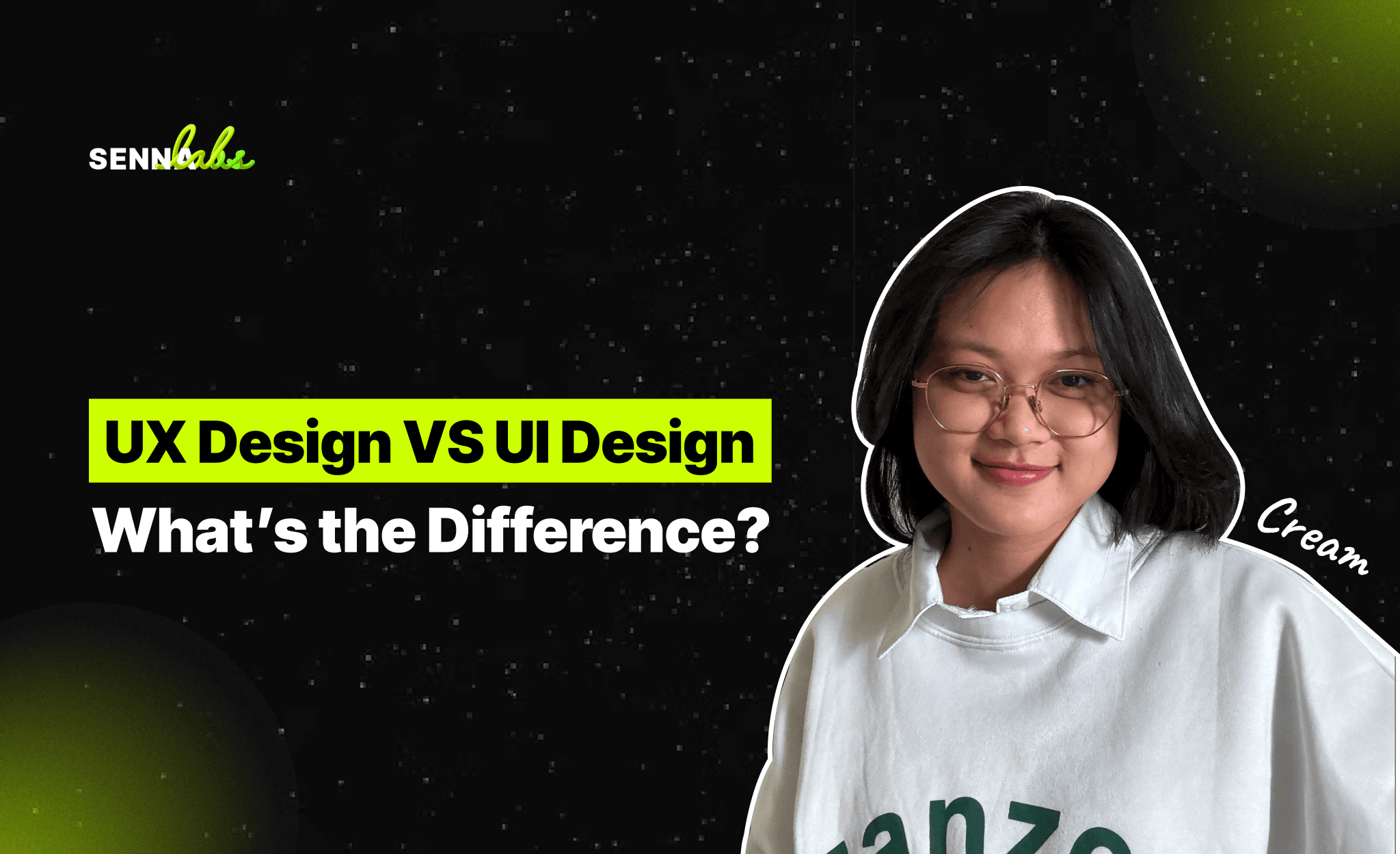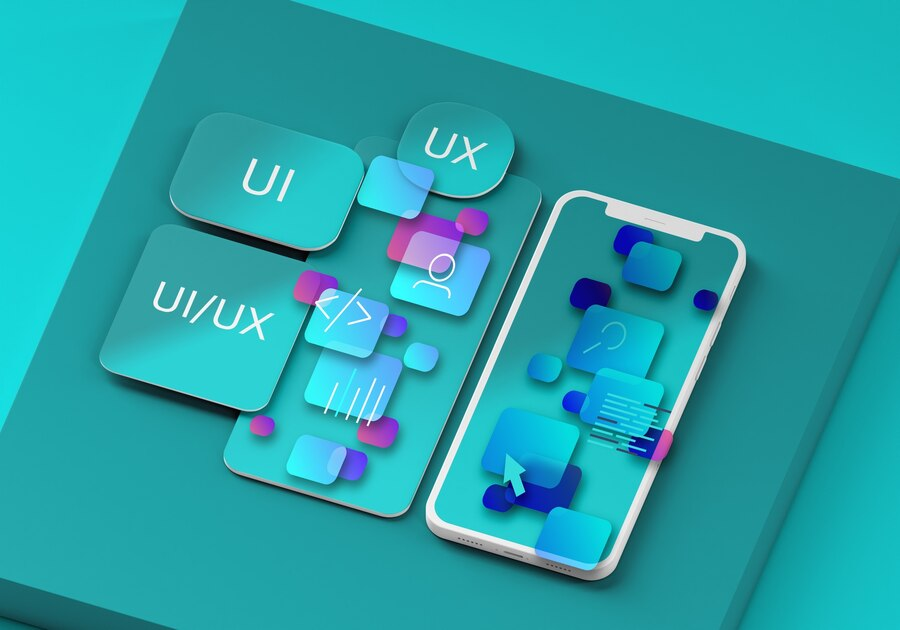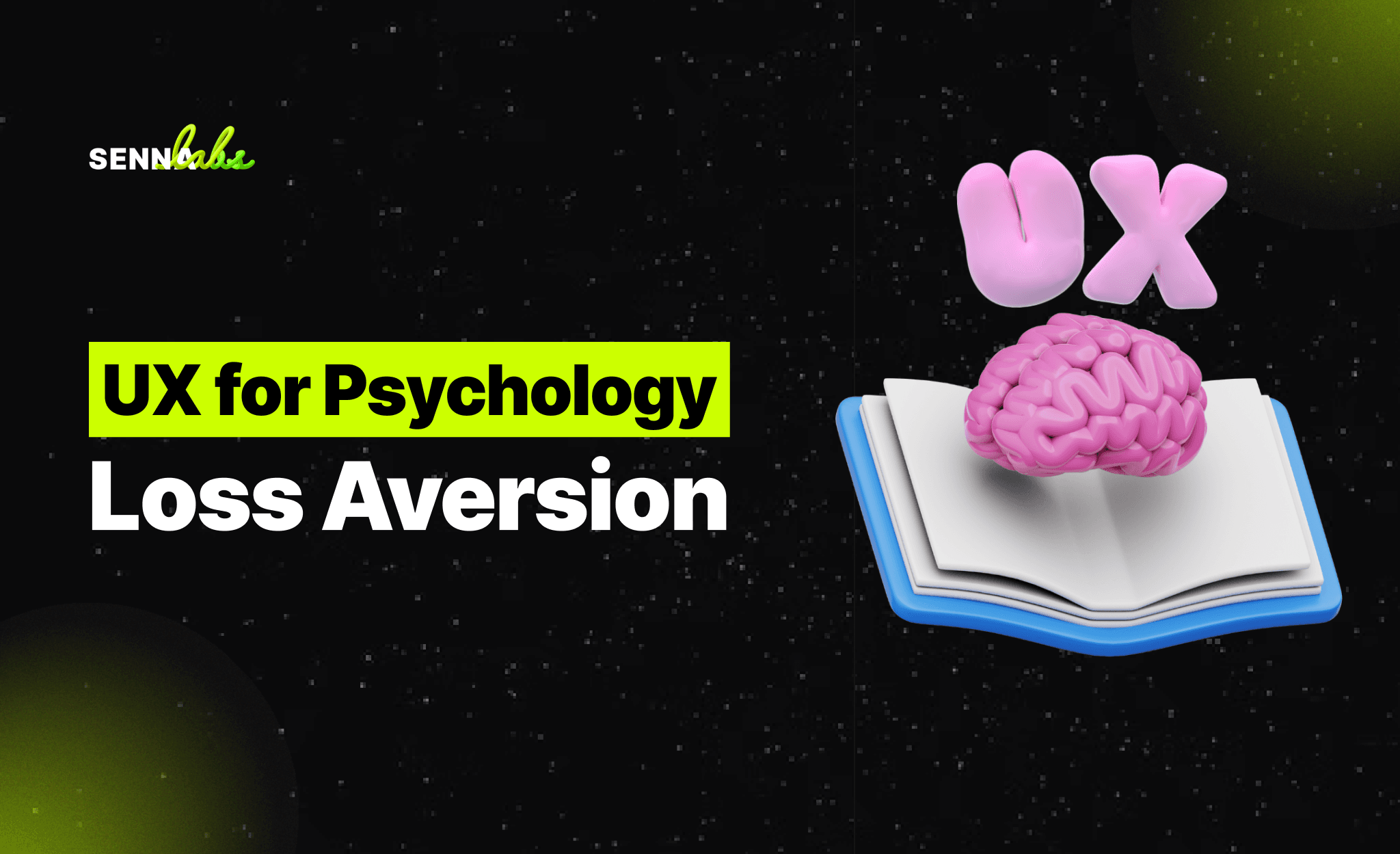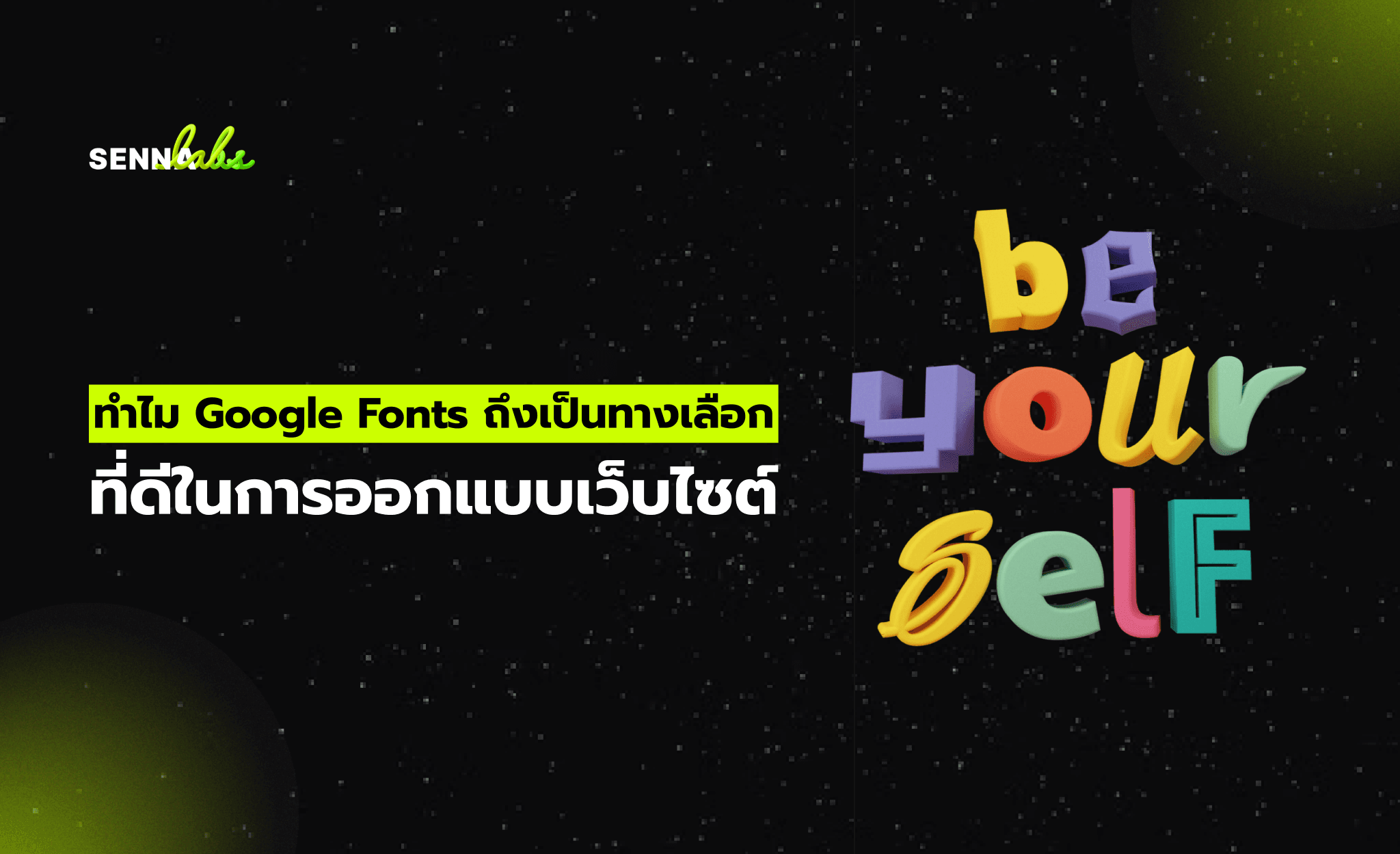UX Design VS UI Design: What’s the Difference?
Share

In today’s digital world, two crucial disciplines shape the success of digital products: User Experience (UX) Design and User Interface (UI) Design. These terms are often used interchangeably, but they serve distinct roles. While UX focuses on the overall experience a user has when interacting with a product, UI is concerned with the visual and interactive aspects that make a product aesthetically pleasing and easy to use.
Understanding the differences between UX and UI design is essential for businesses, designers, and developers who aim to create seamless, engaging, and functional digital products.

What is UX Design?
User Experience (UX) Design is all about how a product feels and functions from a user's perspective. It involves improving the usability, accessibility, and interaction of a product to ensure that users can accomplish their goals efficiently and without frustration.
Key Aspects of UX Design
-
User Research – UX designers conduct surveys, interviews, and usability tests to understand user needs, behaviors, and pain points. This research helps shape the design process.
-
Information Architecture – Organizing content and structuring navigation in a logical and intuitive manner so that users can easily find what they need.
-
Wireframing and Prototyping – UX designers create wireframes and prototypes to map out user flows and test interactions before the final product is built.
-
Usability Testing – Testing with real users to identify issues and make improvements to the design before launch.
-
Accessibility and Inclusivity – Ensuring that products are usable by people of all abilities, including those with disabilities.
The goal of UX design is to create products that are easy to use, efficient, and enjoyable for the user.
What is UI Design?
User Interface (UI) Design focuses on the visual and interactive elements of a product. It involves creating an aesthetically pleasing and functional interface that enhances user engagement.
Key Aspects of UI Design
-
Visual Design – Selecting typography, color schemes, and layout elements to create an appealing and consistent look.
-
Interactive Elements – Designing buttons, icons, sliders, and animations that guide users through the product and improve usability.
-
Consistency – Ensuring that UI components remain uniform across different screens to maintain brand identity and user familiarity.
-
Responsiveness – Designing for various screen sizes and devices so that the product provides a smooth experience across different platforms.
-
Design Systems – Creating standardized UI components and guidelines that ensure consistency across a product or brand.
UI designers are responsible for making a product not only visually attractive but also functional and user-friendly.
The Key Differences Between UX and UI Design
Although UX and UI design are closely related, they serve different purposes in product development:
-
UX design is focused on the overall experience—ensuring that a product is easy to use and meets user needs.
-
UI design is focused on the look and feel—making the product visually appealing and interactive.
-
UX is research-driven and involves understanding user behavior, while UI is design-driven and focuses on the product’s aesthetics.
-
UX designers create wireframes and prototypes, while UI designers create mockups and visual designs.
-
UX ensures that navigation and user flow make sense, while UI enhances engagement through design elements.
Despite their differences, UX and UI must work together to create a well-balanced digital experience.
How UX and UI Work Together
A digital product cannot be successful with just UX or UI alone. They work together in the following ways:
-
Collaboration from the Beginning – UX designers define the user flow and structure, while UI designers bring it to life with appealing visuals.
-
Iterative Process – Both UX and UI designers continuously refine their work based on user feedback.
-
Consistency – UX design ensures usability, while UI design ensures a consistent and engaging interface.
-
User-Centered Approach – Both disciplines prioritize the user’s needs to create intuitive and effective products.
Without a strong UX foundation, even the most beautifully designed UI will fail. Likewise, a great UX design without an aesthetically pleasing UI may not be engaging enough for users.
Why UX and UI Matter in Product Development
Investing in both UX and UI design results in better user satisfaction, higher engagement, and improved conversion rates. Here’s why they are important:
-
Better Usability – UX design ensures that users can complete tasks effortlessly.
-
Stronger Brand Identity – UI design helps reinforce brand recognition through visual elements.
-
Higher Conversions – A well-structured UX combined with an attractive UI increases customer retention and sales.
-
Reduced Development Costs – Identifying design issues early in the process prevents expensive revisions later.
A balance of UX and UI design is necessary to create a successful product that users love.
Careers in UX and UI Design
As the demand for digital experiences grows, so does the need for UX and UI designers. Here are some common roles in the field:
-
UX Designer – Focuses on user research, wireframing, and usability testing.
-
UI Designer – Specializes in visual design, interactive elements, and branding.
-
UX Researcher – Conducts user research and testing to guide UX decisions.
-
Interaction Designer – Works on animations, transitions, and micro-interactions.
-
Product Designer – Oversees both UX and UI aspects to create well-rounded digital experiences.
UX and UI design offer exciting career opportunities for those who are passionate about creating user-friendly digital products.
Conclusion
While UX and UI design are different, they are equally important in creating successful digital products. UX design focuses on research, usability, and functionality, while UI design enhances the interface with appealing visuals and interactivity.
When combined, they create seamless, engaging, and user-friendly experiences that drive satisfaction and business growth. Understanding the differences and how they complement each other is crucial for designers, businesses, and anyone looking to develop outstanding digital products.
Both UX and UI are essential—not just to make a product look good, but to ensure it works effectively for users.

Share

Keep me postedto follow product news, latest in technology, solutions, and updates
Related articles
Explore all


